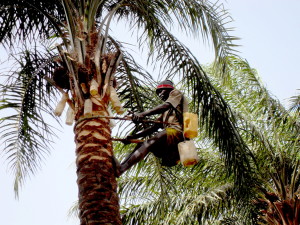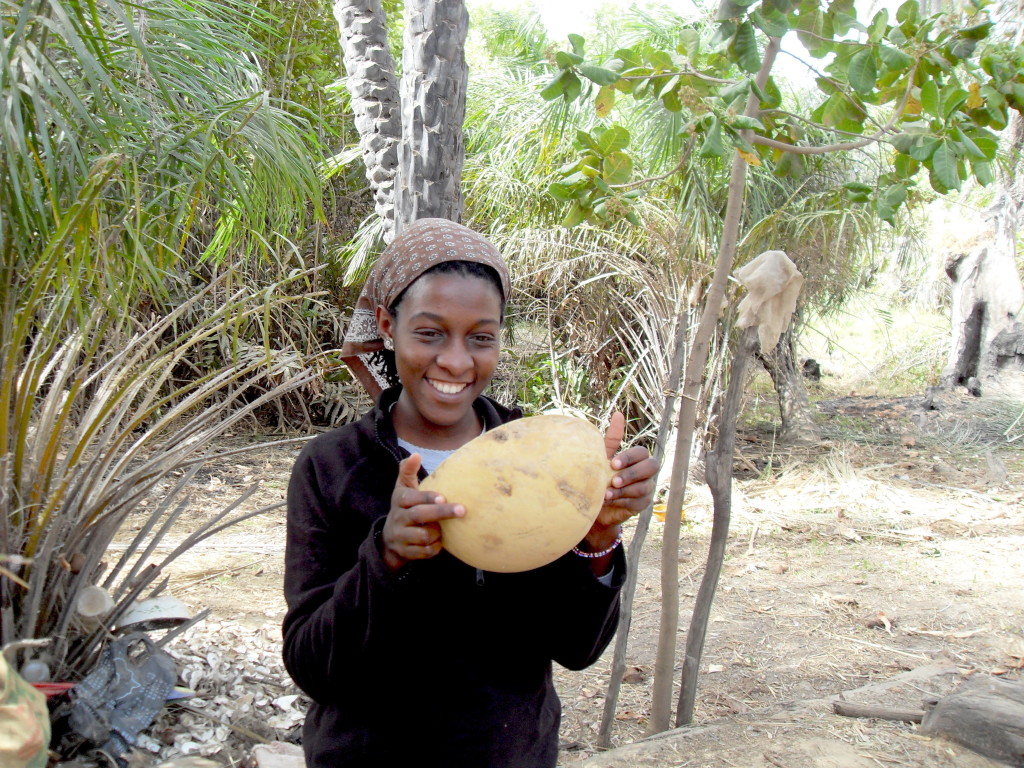Recently I reread Amos Tutuola’s classic: The Palm-Wine Drinkard at the same time I was revisiting Cervantes’ Don Quixote, and was surprised to see how close, how similar the two books are. I mean, they’re both outrageous in their summations, conquests, tales of chivalry and trickery. In my opinion, they belong to the same genre of the surreal. The narrators find themselves on a fantastical, adventurous journey where strange and unimaginable things happen.
While the characters differ in temperament–Don Quixote is more prone to anger while the Drinkard is sanguine all year round, they’re both given to exaggeration and tricks of the mind, coming across as delusional and heroic at the same time. The Drinkard consumes 225 kegs of palm-wine a day and into the night, ever since he was ten years old. Water has never touched his lips, and when his palm-wine tapper dies, he sets out on a journey to find and bring him back from the dead. Passing through the bush and strange towns, he encounters monsters, mythic creatures, ghosts, and manages to trick and trap death, and also rescues a beautiful girl–who becomes his wife–from a terrible creature in the jungle. He has a bag of witchery that enables him to survive and defeat the many enemies he meets. While he never shape-shifts, he can change his wife from a person to something inanimate and viceversa, to disguise her identity while protecting her. Through his adventures, he becomes a hero of mythic proportions, his fantastical incidents escalating one after another like beads on a string.
Don Quixote doesn’t have as many successes as the Drinkard, although he still comes across as a grand make-believer. His failures form a string of narrative successes in their propensity to imagine. The reader of both books is never allowed to rest, but constantly regaled with tale after tale. The Drinkard has a travel companion, his wife, while Don has Sancho. Their interactions make the stories more tragic and comic. Contradictions abound, and when you think you’ve had enough, there’s still more and more…
While Don Quixote is famously considered the first European novel, one of the best works of fiction ever written, a classic western literary masterpiece, The Palm-Wine Drinkard is sometimes dismissed as that crazy book by a crazy writer, whimsical, and not to be taken seriously. I think of Tutuola’s imagination beautiful in writing this book, I think of him as someone who lived ahead of his time, someone who transcended literary boundaries and made great leaps in creativity, someone who amused, challenged, entertained and blurred the lines between magical realism and real life. I think of The Palm-Wine Drinkard in our time and feel very happy that this book exists.
My first time to see a palm-wine tapper was in the deep interior of Sine-Saloum, Senegal. It was also my first time to taste palm-wine and eat kola nuts. Having read a lot of literature from West Africa that describes the rituals of drinking palm-wine and eating kola nuts, I was ecstatic to be transported and delivered from my literary imagination experiences into a landscape of reality where the first imagining took place, then entered a book and spread. I’ll end with a picture of yours truly enjoying the palm-wine. Long live the works of Tutuola.









No comments yet.